The story of the twelve dancing princesses is a captivating fairytale that has enchanted audiences for generations. This narrative, often found in collections of Grimm’s Fairy Tales and similar folklore, speaks of mystery, magic, and the allure of the unknown. Let’s delve into the depths of this classic story and explore the elements that make it so enduringly popular.
The tale typically begins with a king who is perplexed by the mystery of his twelve daughters’ worn-out shoes each morning. Despite locking their bedroom door securely every night, the princesses’ shoes are found to be tattered, as if they have been dancing all night long. The king, desperate to unravel this enigma, proclaims that any man who can discover the princesses’ secret will be rewarded with the choice of marrying one of them and inheriting the kingdom. However, failure to solve the mystery within three nights will result in death.
Many brave princes and noblemen attempt to uncover the secret, but none succeed. They are lulled into a deep sleep each night and awaken with no clue, ultimately meeting their unfortunate fate. This sets a tone of suspense and danger, highlighting the seemingly impossible nature of the task.
One day, a courageous and clever soldier, often portrayed as having been wounded in war, arrives at the kingdom. He is determined to solve the mystery and win the reward. An old woman, sometimes depicted as a witch or a wise woman, offers him enchanted advice. She gives him a cloak that renders him invisible and instructs him not to drink any wine offered to him by the princesses at bedtime, as it is drugged.
Following the old woman’s advice, the soldier pretends to drink the wine but secretly disposes of it. Under the cover of the invisibility cloak, he stealthily follows the princesses as they rise in the night. He witnesses them opening a secret trapdoor in their bedroom floor, leading to a hidden staircase.
The soldier, invisible and undetected, descends the staircase with the twelve princesses. The passage leads them to a magical underground world. This realm is often described as shimmering with silver and gold trees, and illuminated by sparkling lakes. Each princess embarks in a boat, and the soldier, stepping into the last boat with the youngest princess, remains unseen.
Their journey culminates in a magnificent ballroom, where twelve princes are waiting. Here, the soldier finally witnesses the princesses’ secret: they dance the night away with the princes, explaining why their shoes are worn out each morning. The music is enchanting, and the scene is filled with joyous, albeit clandestine, revelry.
To prove he has truly discovered their secret, the soldier breaks off a branch from a silver tree and a golden cup from the ballroom as souvenirs. The snapping of the branch and the taking of the cup, although done discreetly, startles the youngest princess, but the older princesses dismiss it as a natural sound.
On the third night, the soldier repeats his observation, this time taking back a golden apple as further proof. He then presents himself to the king, revealing the secret underground kingdom and the princesses’ nightly dances. He produces the branches, cup, and apple as tangible evidence.
Faced with the undeniable proof, the princesses cannot deny their secret any longer. The king, amazed and grateful, grants the soldier his reward. The soldier, being wise and kind, chooses the eldest princess to be his wife, or in some versions, is given the choice to marry any of them. The spell of secrecy is broken, and the princesses are freed from their nightly obligation.
The story of the twelve dancing princesses is rich with symbolism and themes that resonate across cultures. The secret underground world represents a hidden desire for freedom and escape from daily constraints. Dance itself symbolizes joy, liberation, and perhaps even rebellion against the confines of royal life. The worn-out shoes are a physical manifestation of this secret nightly escapade.
The soldier’s cleverness and courage are central to the narrative. He doesn’t rely on brute strength but on his wit and willingness to follow advice. This highlights the value of intelligence and strategic thinking in overcoming challenges. The invisibility cloak is a classic fairytale trope, representing hidden observation and the ability to see beyond the surface.
The number twelve itself may hold symbolic significance, often associated with completeness or a full cycle. Having twelve princesses emphasizes the scale of the mystery and the king’s predicament.
The enduring popularity of “The Twelve Dancing Princesses” can be attributed to its blend of mystery, romance, and magic. It’s a story that sparks the imagination, inviting readers and listeners to ponder hidden worlds and the secret lives of fairytale characters. The element of dance adds a layer of grace and enchantment, making it particularly appealing and visually evocative. For websites like ten-dance.com, exploring the theme of dance in fairytales like this can connect with audiences interested in both storytelling and the art of dance.
In conclusion, “The Twelve Dancing Princesses” remains a beloved fairytale because of its compelling mystery, enchanting imagery, and timeless themes of freedom, courage, and the allure of the unknown. Its focus on secret nightly dances provides a rich tapestry for exploring the magic and symbolism often associated with dance in folklore and literature.
 installation view
installation view
 installation view
installation view
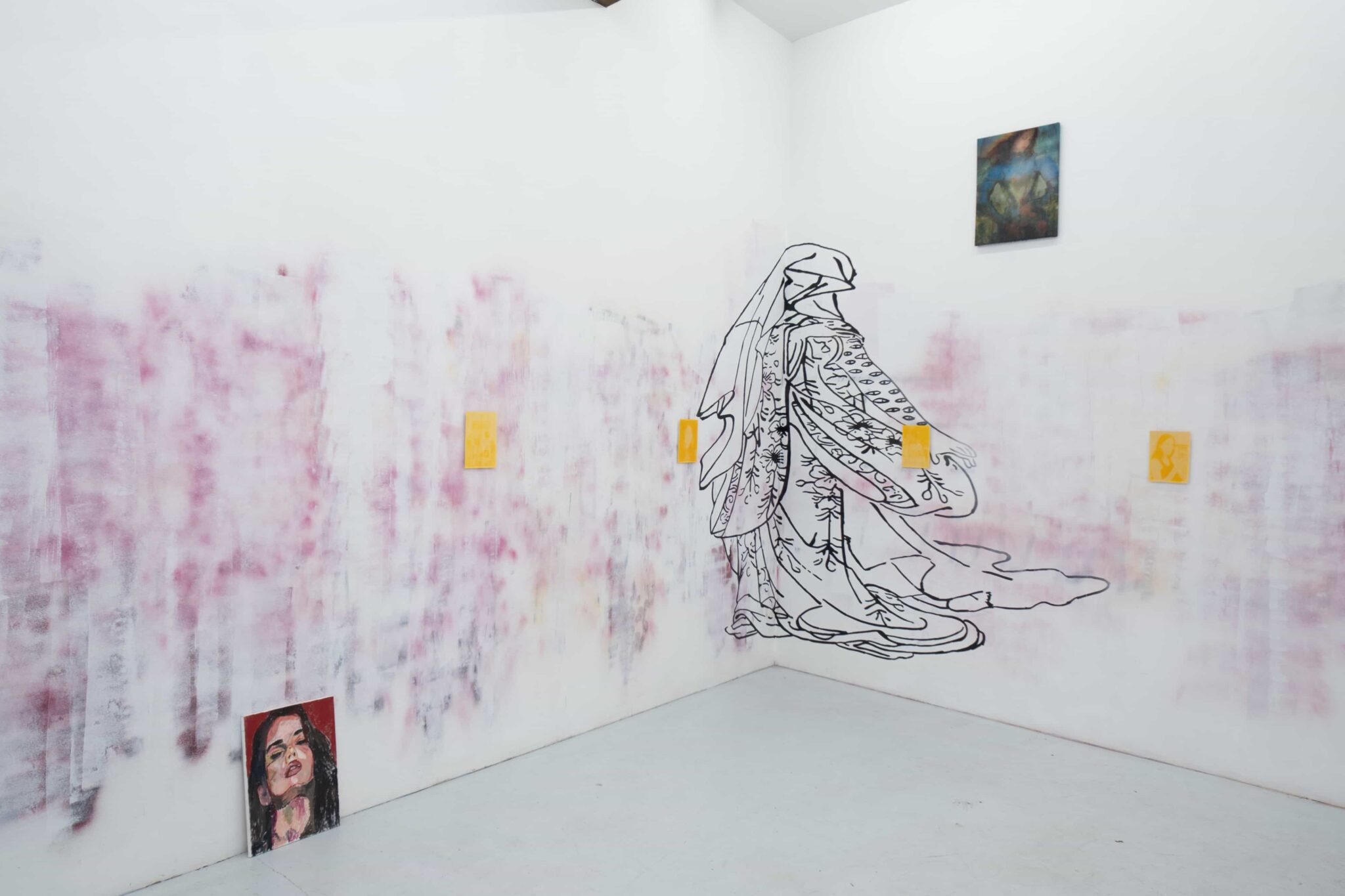 installation view
installation view
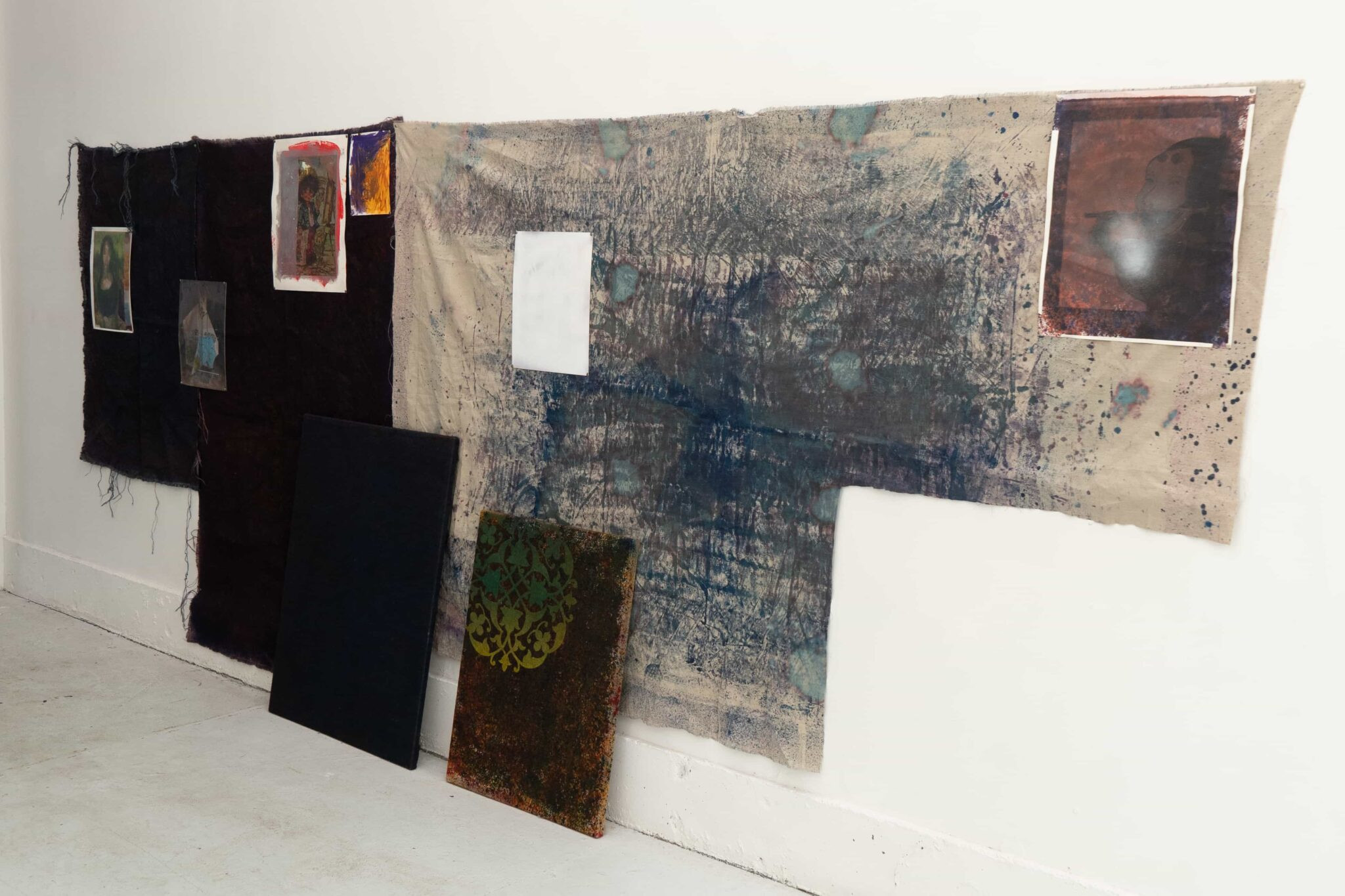 installation view
installation view
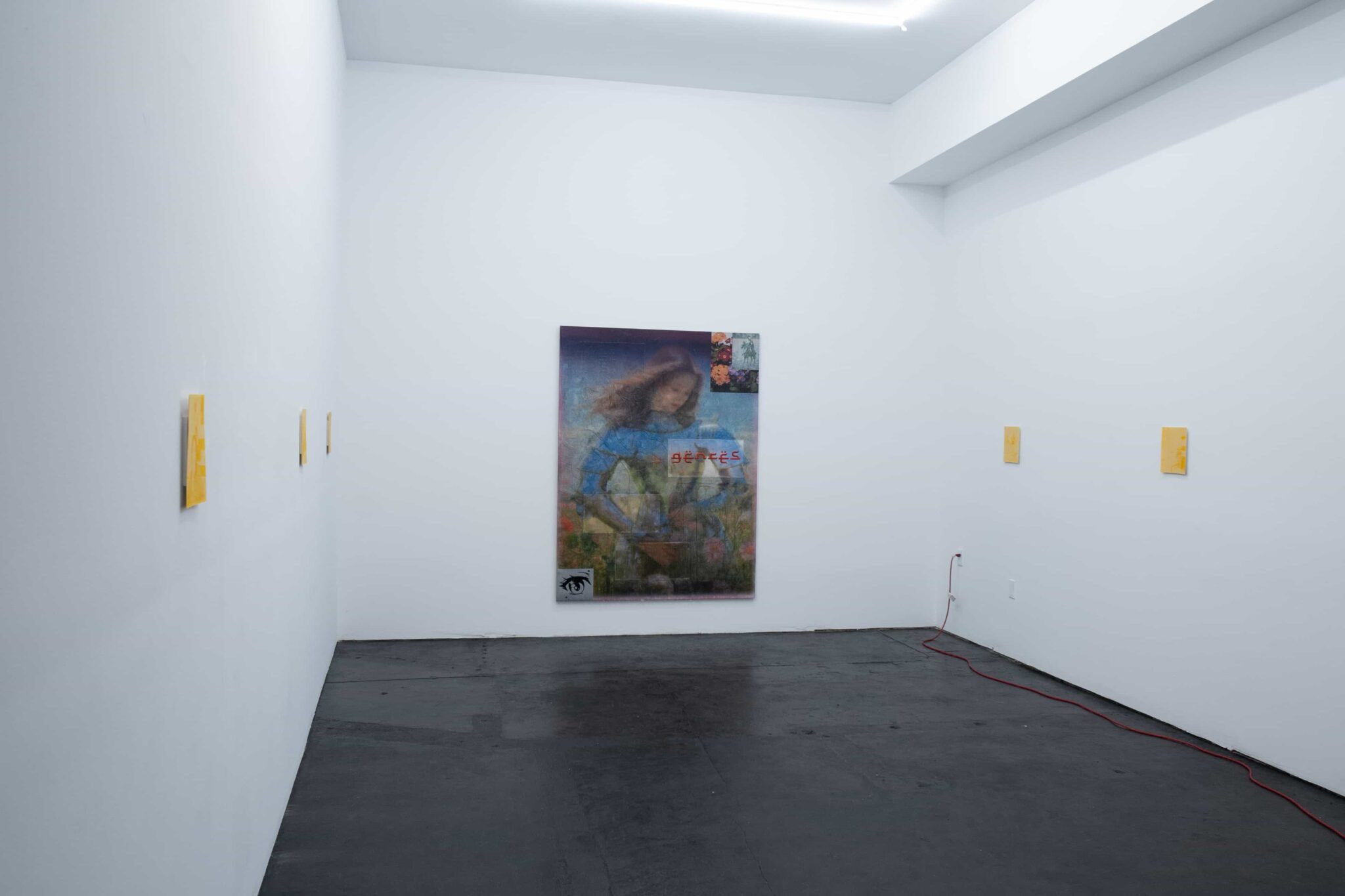 installation view
installation view
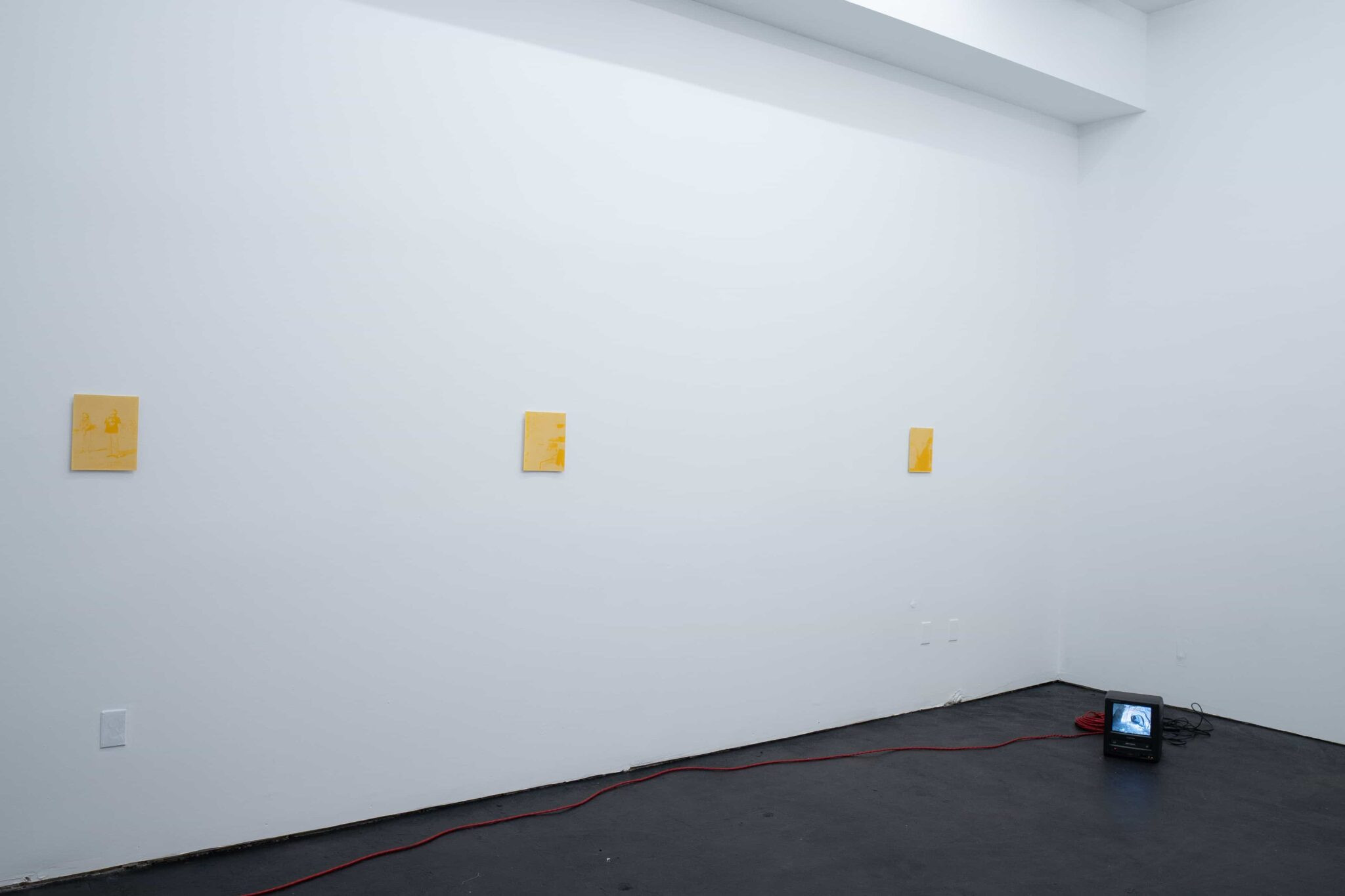 installation view
installation view
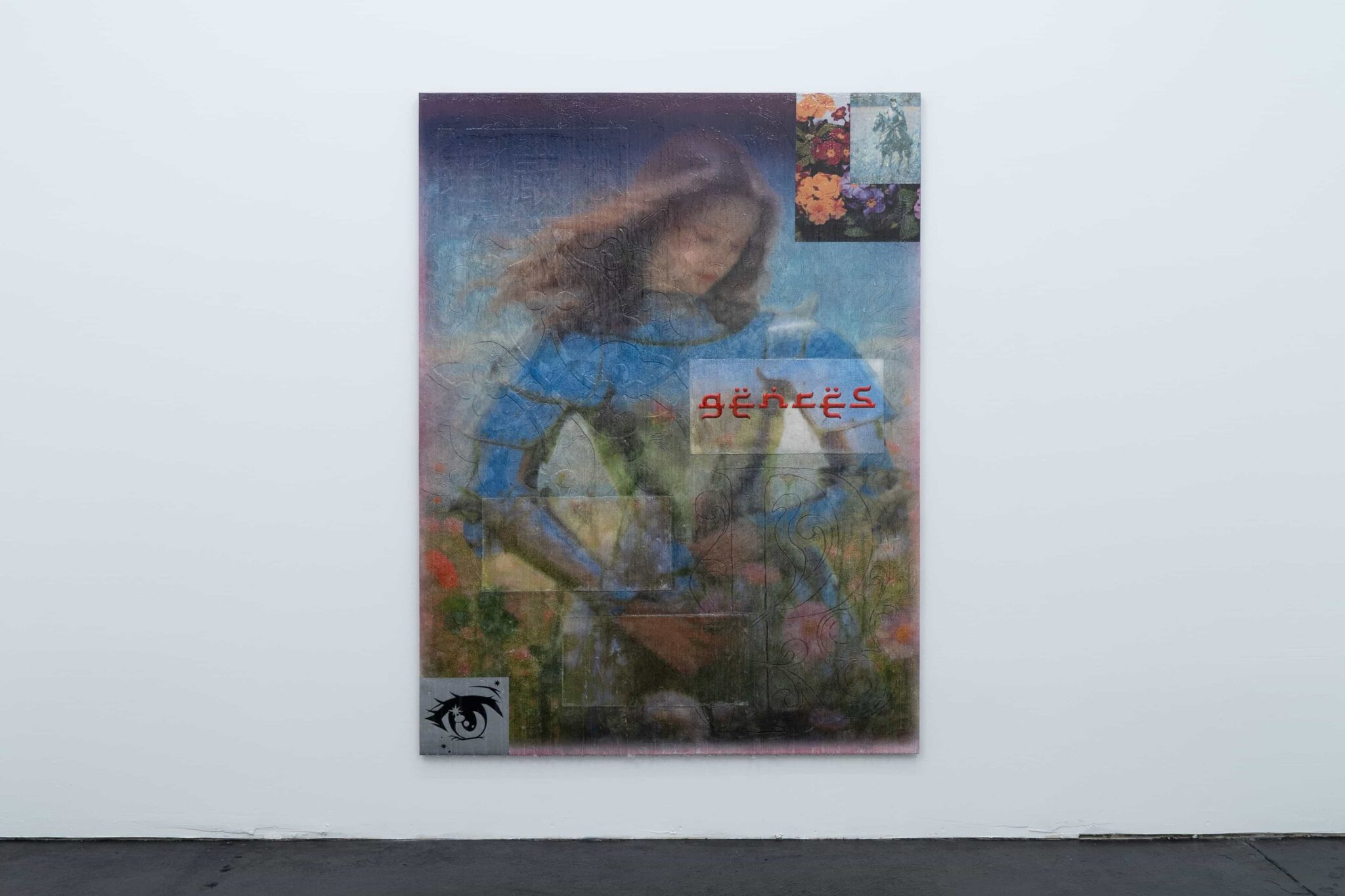 Parker Ito the Pilgrim’s sticky toffee pudding gesamtkunstwerk, in the year of the dragon, a la mode, part 1, 2024 ink, acrylic, modeling, paste, water soluble pastel, ink aid, gac 100, paper and varnish on canvas 80×60 inches
Parker Ito the Pilgrim’s sticky toffee pudding gesamtkunstwerk, in the year of the dragon, a la mode, part 1, 2024 ink, acrylic, modeling, paste, water soluble pastel, ink aid, gac 100, paper and varnish on canvas 80×60 inches
 Parker Ito ☉☉, 2024 digital video, monitors, media player, tripod, and hardware edition of 3 plus 2 AP 38x18x16 inches
Parker Ito ☉☉, 2024 digital video, monitors, media player, tripod, and hardware edition of 3 plus 2 AP 38x18x16 inches
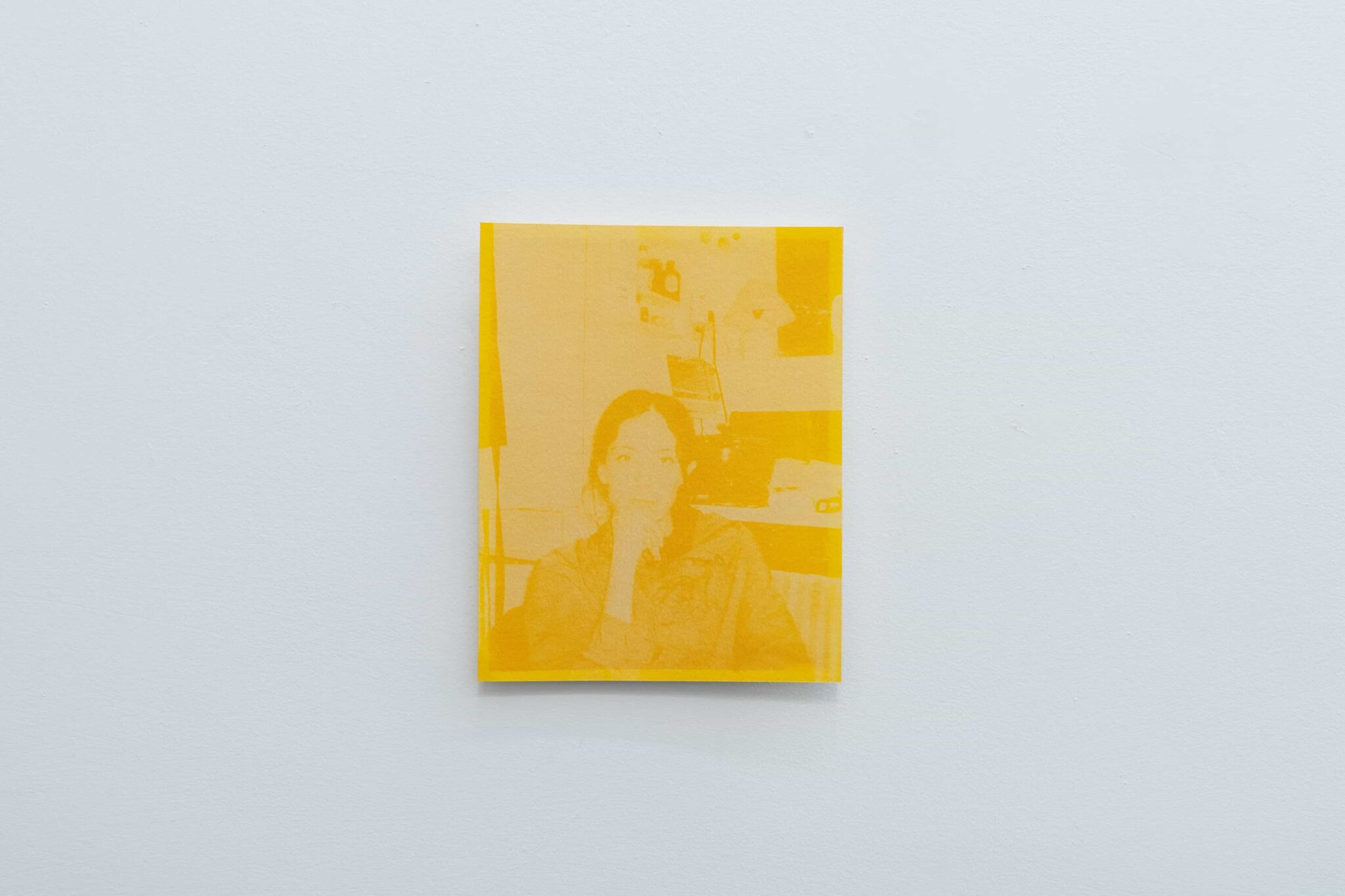 Juliana Halpert Self-portrait in kitchen, 2024 Turmeric anthotype print on watercolor paper 8×10 inches
Juliana Halpert Self-portrait in kitchen, 2024 Turmeric anthotype print on watercolor paper 8×10 inches
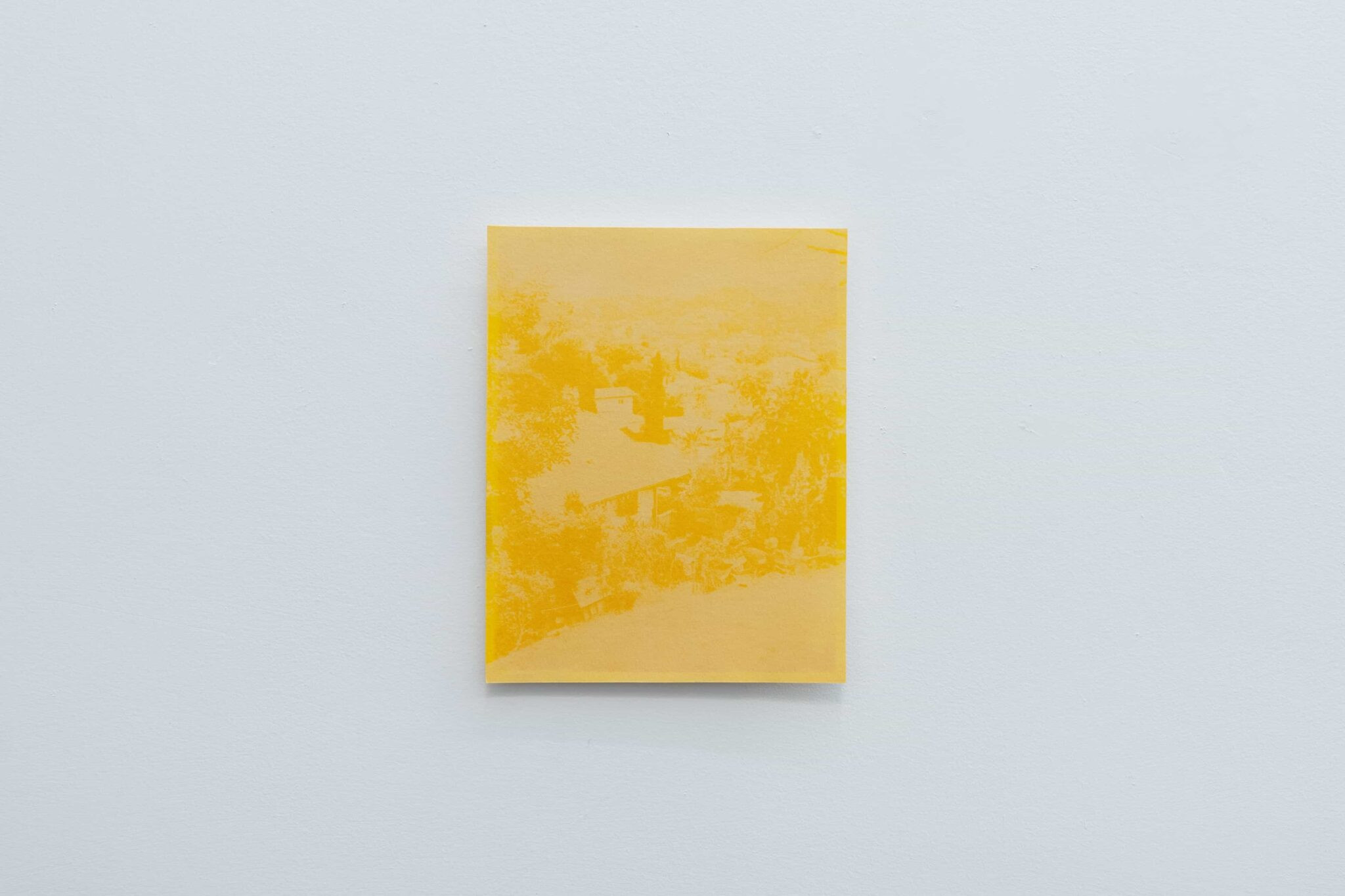 Juliana Halpert Backyard, 2024 Turmeric anthotype print on watercolor paper 8×10 inches
Juliana Halpert Backyard, 2024 Turmeric anthotype print on watercolor paper 8×10 inches
 Parker Ito visions of the Pilgrim’s Printer Progress from this world, to that which is to come (small knight), 2024 Ink, acrylic, modeling paste, gac 100 and varnish on canvas 24×20 inches
Parker Ito visions of the Pilgrim’s Printer Progress from this world, to that which is to come (small knight), 2024 Ink, acrylic, modeling paste, gac 100 and varnish on canvas 24×20 inches

